Inscriptions Renewed: Spreading Across Blockchains
An analysis of the proliferation of inscription protocols like Ordinals and their impacts. Explores solutions like the Bitfinity EVM to alleviate network congestion caused by large volumes of inscriptions.

The blockchain industry has undergone significant stress-testing in recent weeks. At its core lies the latest trend and emerging narrative of inscriptions. A phenomenon that originated on the oldest chain, Bitcoin, but is proliferating rapidly across other chains.
With their popularity surging exponentially, many question inscriptions' longevity and practicality within the crypto ecosystem. This article aims to delve deeper into the intricacies of inscriptions, examining their impact on all participating blockchains, and exploring their future potential trajectory within the space. So let's dive in.
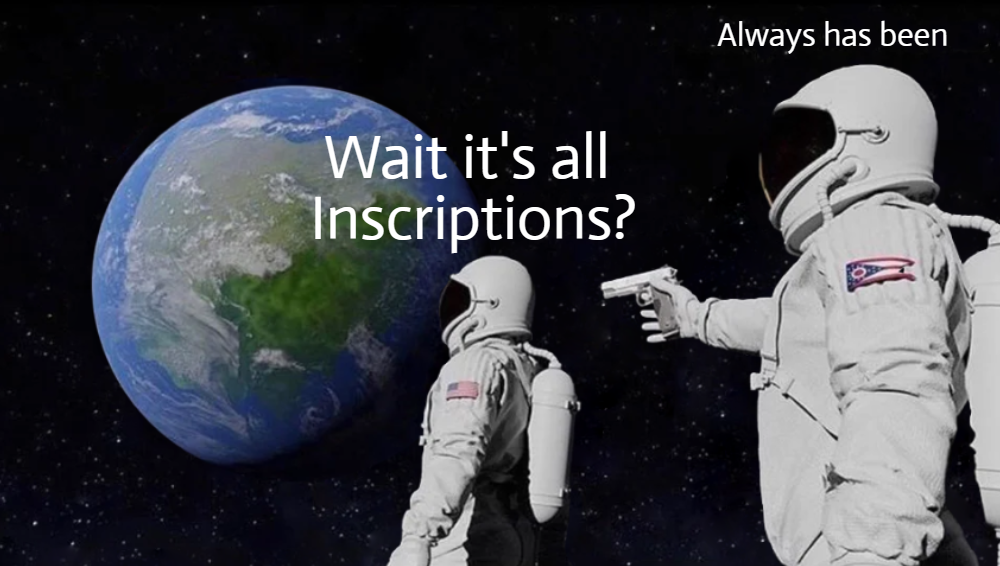
What Are Inscriptions and How Have They Impacted Blockchain Transactions?
As mentioned in previous articles, inscriptions, also known as ordinals, have emerged as a novel coding method that allows for the creation of NFT-like tokens on top of Bitcoin, where it originally began. We know that the Bitcoin network traditionally does not support smart contract capabilities. However, with this workaround which involves embedding text within network transactions, a new use case was established, ultimately leading to fungible tokens known as BRC20 tokens and all subsequent alternative varieties that followed.
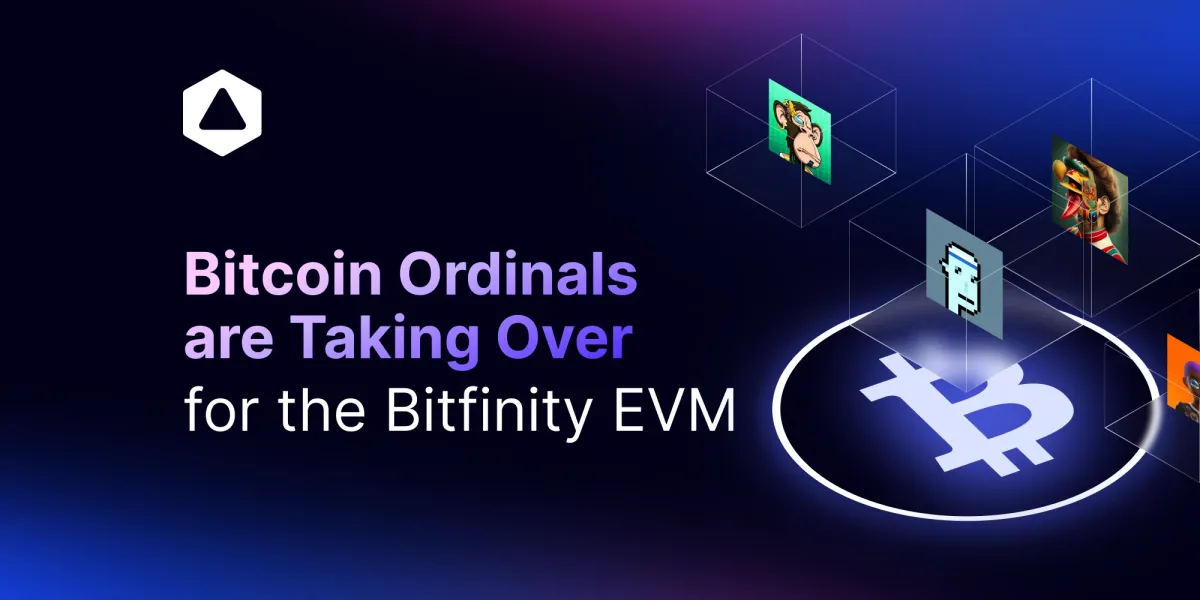
But now we see that these inscriptions, which were initially limited to Bitcoin only, have begun proliferating across other blockchain transaction networks as well, with some blockchains exhibiting jaw-dropping attribution of up to 95% of all transactions to "inscribooors." A number that cements an undeniable emerging movement and, most significantly, an increasingly larger claiming of block space that has led to tangible technical disruptions on networks.
Why Are They Gaining Popularity on Other Blockchains?
The popularity of inscriptions can be attributed to their relative cost-effectiveness, especially when compared to executing smart contracts. The use of a component called 'call data', where a piece of text is attached to transactions, is relatively cheap to use.
However, let us not be fooled - the convention of appending "-20" to blockchain standards can indeed be confusing due to superficial similarity and reference to the ERC-20 standard, but it is nothing more than a playful nod to it. It is important to understand that these different inscription standards on different blockchains vary greatly in their fundamental architecture and purpose. We examine some examples below and their recent impact.
The 'Insert Blockchain' Request for Comment 20 standard doesn't exist in the same form as a token standard like ERC-20.
Avalanche Inscriptions - ASC-20
The emergence of "ASC-20" tokens on Avalanche, similar in concept to "Ordinals" tokens on Bitcoin, resulted in a surge of transaction volume across the network. These tokens also utilize the process of "inscription" to embed data in transactions. However, this massive inscription activity has led to a significant increase in daily transactions.
Transaction volume on Avalanche's C-chain reached a record high of over 2.3 million transactions per day, which represented a 95% increase over the network's average of 450k transactions daily. Nevertheless, specialized marketplaces for viewing or trading what has been minted thus far still remain nonexistent.
Fantom Inscriptions - FRC-20
The Blockchain Fantom also witnessed a record-breaking 2.945 million transactions, which coincided with the introduction of the Fantom inscription FRC-20 protocol, also similar in concept to Bitcoin ordinals. This new protocol sparked interest in crypto collectibles and NFTs on Fantom.
As a result, gas fees on Fantom surged to unprecedented highs of 11,000 gwei, far exceeding normal levels. However, the actual gas fee cost remained within the range of $0.0033 to $0.0036 per transaction.

Polygon Inscriptions - PRC-20
PRC-20 tokens are generated on Polygon utilizing the transaction call data rather than the ERC-20 standard, similar to Ordinals. However, the prolific PRC-20 minting of tokens dubbed "POLS" flooded the Polygon network as well and drove unprecedented volumes.
Gas fees on Polygon surged to over 7,000 Gwei, far exceeding the typical 100 Gwei. Swap costs rose to around $5 before subsiding to under $0.50.

Litecoin inscriptions - LTC-20
Litecoin, nicknamed "Bitcoin's silver," has experience with inscriptions as well - developer Anthony Guerrera successfully ported Casey Rodarmor’s Ord client to the Litecoin blockchain in February 2023, enabling the first inscription on Litecoin.
It permits users to create and interact with ordinals, or "digital immutable cave paintings" directly inscribed onto litoshis.
Litecoin Punks was subsequently issued, and then auctioned through Discord.
Dogecoin Inscriptions - DRC-20
Doginals or DRC-20 aims to experiment with bringing "ordinal theory" to the Dogecoin blockchain by facilitating off-chain token balances through functions like deploy, mint, and transfer, taking inspiration from brc-20 on Bitcoin. It serves as a starting point to explore fungibility and expand the "Doginal" ecosystem on Dogecoin.
Unlike Bitcoin and Litecoin, Dogecoin does not offer Segwit and Taproot support, which is what Bitcoin Ordinals and Litecoin Ordinals utilize. Therefore the Doginals inscription byte limit is magnitudes lower than its predecessors.
The entire DOGE community is said to be working towards a common standard and follows a similar path known as Doginals, based on the DRC-20 standard.

This project remains highly experimental in nature, and any tokens created thus far possess no inherent value, because Dogecoin is a memecoin.
Arbitrum Inscriptions - ARB-20
Layer 2 solution Arbitrum has also been an experimental subject of inscriptions, having led to approximately four hours of downtime where Arbitrum One's Sequencer and Feed experienced a halt in initiation. The inscriptions literally broke the system.
The Arbitrum One outage was attributed to a sustained surge of inscriptions, akin to the preceding event that had temporarily halted operations. This did not reflect well on Arbitrum as an Ethereum scaling solution.
TON Inscriptions - TON-20
The TON blockchain, endorsed by Telegram, also saw performance decline drastically to just one transaction per second owing to a surge in activity following the unveiling of a Bitcoin Ordinals-inspired inscription protocol named Tonano.
Due to the resulting congestion, over 2.5 million transactions were left pending in the queue, awaiting processing. Congestion intensified to such a degree that prominent TON cryptocurrency wallets including Wallet and Tonkeeper temporarily halted services to manage the network strain.

Why Do Inscriptions Make Little Sense on Smart Contract Platforms?
One could ask, why do we need to reinvent the wheel? Aren’t EVM-blockchains important because they do support smart contracts? Making use of inscriptions, which are essentially text fields within transactions, seems like taking steps backward.
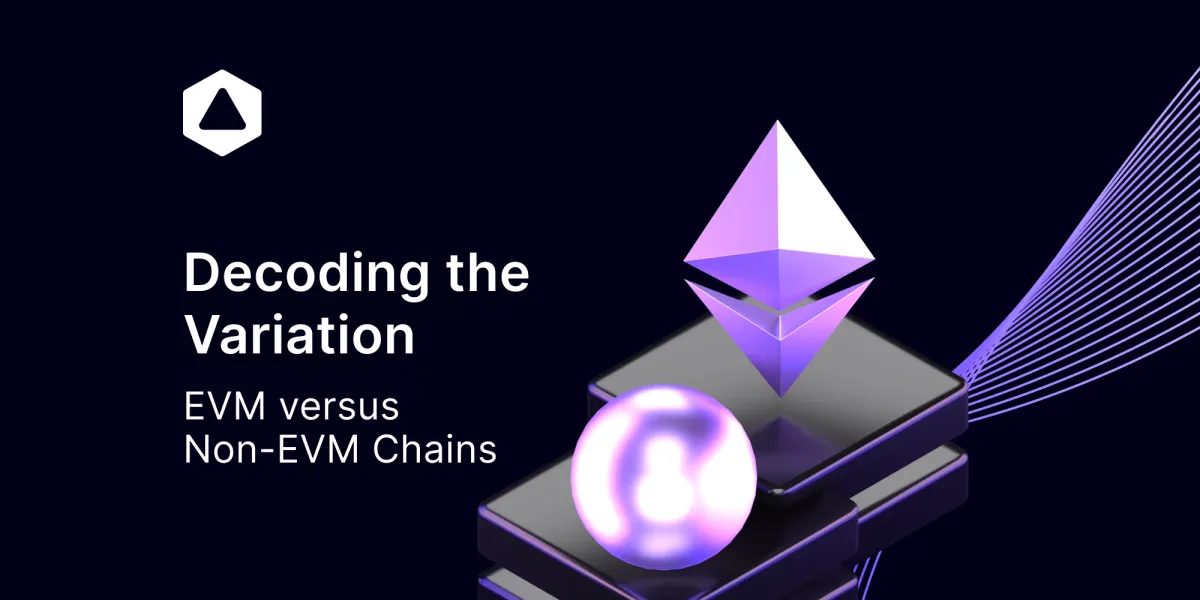
The primary function of smart contracts is and was to add flexibility and expressiveness to blockchains. Which is in fact the opposite of what is going on right now.
Critique and Drawbacks of Using Inscriptions on Smart Contract Platforms?
The use of inscriptions on smart contract platforms introduces several issues:
- Loss of Permissionless Innovation: Users become dependent on centralized indexers like Alchemy to process the call data, which undermines the permissionless nature of blockchains.
- Reduced Composability: Smart contracts provide tokens with composability, allowing them to interact seamlessly within the DeFi ecosystem and other Web3 applications. Inscriptions, on the other hand, lack this interoperability because they are not processed by smart contracts.
- Increased Centralization: The need for external indexers introduces a level of centralization, which is contradictory to the decentralized ethos of blockchain technology.
- Potential to Overload Networks: The recent outages caused by inscription-driven activity highlight the potential for these practices to overload and disrupt blockchain networks.
What is the Future of Inscriptions on Non-Bitcoin Blockchains?
The sentiment around inscriptions on non-Bitcoin blockchains is mixed. Some believe the trend is a response to the success of ordinals on Bitcoin, following ordinals' success on Bitcoin in an attempt to capitalize on its financial success and as a new way to speculate on their future price increase. Where the lack of practical benefits in smart contract environments, coupled with the aforementioned drawbacks, could point towards a future where inscriptions might no longer be favored.
But this view is being countered by some who point to the NFT space that also made no sense yet thrived during the last cycle. It’s a trend whether we like it or not. Some say these new standards perhaps can be later used for other data verifications.
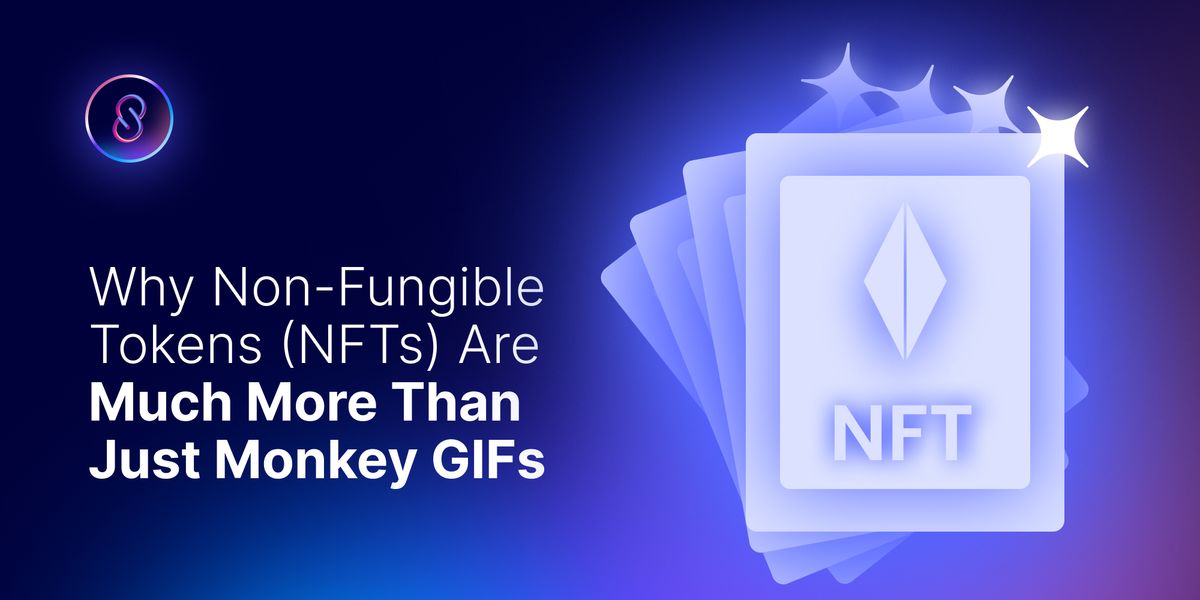
So it’s good to think about it as part of a bigger experiment being played out. Right now it is more nonsense, but this is part of the game that needs to be played out on its own, which could end up being something more meaningful and impactful.
Using the Bitfinity EVM to Break the Network Congestion Caused by Inscriptions
The Bitfinity EVM, as the next-gen Layer Two solution for Bitcoin, could potentially offer solutions to these network-altering effects of the new inscription frenzy.
Powered by Bitfinity's innovative Chain-Key technology together with some unique features, such as decentralized and secure bridging with the Bitcoin blockchain, our EVM could lift Bitcoin off the heavy inscription burden. Where inscribers could inscribe as much as they want while still being on the world's most secure network - that of Bitcoin.
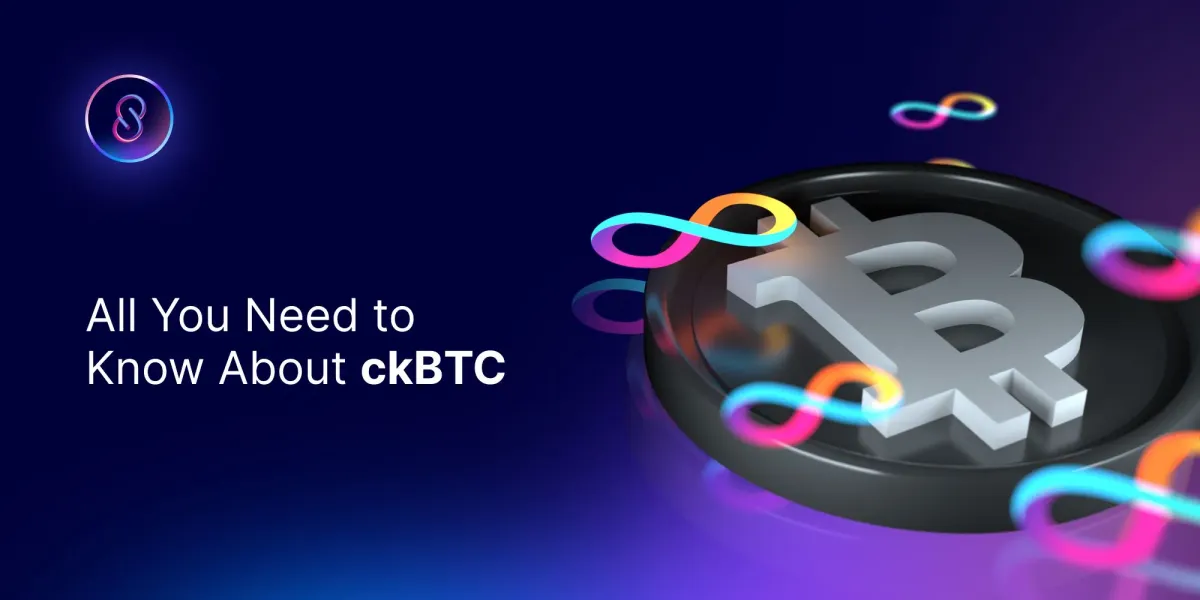
Conclusion
Inscriptions have seen explosive growth but also introduced challenges like network overload. The debate on whether inscriptions are a fleeting trend or a lasting aspect of the crypto ecosystem is ongoing. While some see it as an exciting innovation, others view it as a step back for smart contract platforms. Only time will tell if inscriptions will adapt to become a more integral part of blockchain infrastructure or if they will fade away as a temporary phenomenon.

Connect with Bitfinity Network
Bitfinity Wallet | Bitfinity Network | Twitter | Telegram | Discord | Github

*Important Disclaimer: While every effort is made on this website to provide accurate information, any opinions expressed or information disseminated do not necessarily reflect the views of Bitfinity itself. The information provided here is for general informational purposes only and should not be considered as financial advice.








Comments ()